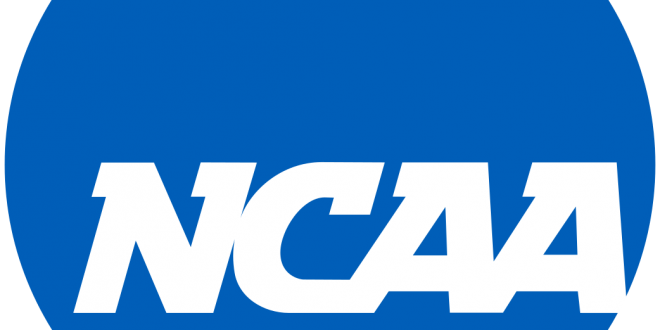The NCAA is considering a new rule that would provide relief to coaches amid the increase in transfers. The proposal, which is far from finalized, is for a one-year waiver for Division-I programs to exceed the yearly limit of 25 player signings.
What is the Rule?
Currently, schools can sign a maximum of 25 initial counters per year. That figure includes both high school prospects and incoming transfers. With this current format, if a school loses players to the transfer portal and has already used its 25 initial counters, the school is unable to replace the players transferring out. Even if the school is under the overall limit of 85 scholarship players, the limit of 25 initial counters still holds. This has become a huge burden on coaches as more players enter the transfer portal.
In this proposal, schools can regain an initial counter for every player that transfers out. This rule will grant up to seven new players to replace transfers for a maximum of 32 initial counters.
“The concern for coaches has been with as many players going out into the transfer portal, leaving programs if they hit their 25 initial counters for the year with high school prospects and maybe bringing in a couple transfers, if after the February signing period they already have 25 initials and they have a couple guys leave to transfer, they can’t fill those spots back in because they are already at 25,” says ESPN staff writer Tom Van Haaren. “They can be under the 85 total scholarship limit, but if they’ve already hit 25 they can’t replace those transfers out.”
The proposal is a one-year waiver. So it would cover any player who transfers out in the fall of 2021 or the spring of 2022, should the proposal be passed. Todd Berry, the director of the American Football Coaches Association, hopes the proposal will be voted on in October. Should it be passed, it will take effect immediately.
Only for One Year?
This also begs the question of why is this only for one year and not a permanent rule for every year. The answer is simple: red tape. By making this waiver proposal, it bypasses having to send it to the NCAA.
“It’s going to be a waiver for one year to avoid having to send this to the NCAA, having to wait three months for it to be voted on,” said Van Haaren.
This way, they will be able to vote on it and implement it immediately. Then any players who transfer out can be replaced by their original school.
“I think the idea or the goal is to get this waiver implemented, and then once it’s implemented they will have a year to figure out actual legislature to apply and permanently vote on,” said Van Haaren. “It is basically a timing thing to get it into effect right away.”
What’s the downside?
For a coach, there really isn’t one. The only possible one comes from the perspective of a coach who doesn’t have a lot of players leave as this opens up spots at other schools. The biggest downside seen from the transfer portal as a whole is tampering. Colleges coaches who are recruiting players on rosters at other schools.
“So now if you’ve got options to get more players if a coach suggests to one of his current players that he should leave, he should transfer, maybe push somebody out, knowing that they can replace that spot, and now they could go recruit another roster. That could be a downfall of this,” said Van Haaren. “But I think in general, most coaches are pretty happy with this.”
It has been a big concern for many coaches as they need the depth and to manage their rosters. Without this, they really weren’t able to.
“Tampering” is also technically not allowed. Yet college coaches will find the loophole. It’s illegal to go talk to the player directly. You can, however, go through the back door and talk to trainers and coaches from high school. They can find out if a player is not happy at a certain school. If the player isn’t, the coach can then hint that they would use the player properly and they have a spot for him.
“Especially with the ability to transfer without penalty, they’re trying to fill their rosters and get as big of a competitive edge as they can,” said Van Haalen.
Recruiting Impact
Colleges have been taking fewer recruits for the 2022 class. A lot of it is a result of coaches being unsure of how many initial counters they will have should players transfer out. On top of that, they have players gaining an extra year of eligibility. Coaches have to assemble their rosters, but they are unable to bring in as many players that are going out. This makes it more difficult on high school players too. Less recruiting means fewer offers and therefore less opportunity.
The proposal has come a long way since it was first drawn up in June. There are still issues to address, but the waiver will for sure bring an improvement to the current situation.
 ESPN 98.1 FM / 850 AM WRUF ESPN 98.1 FM / 850 AM WRUF
ESPN 98.1 FM / 850 AM WRUF ESPN 98.1 FM / 850 AM WRUF




